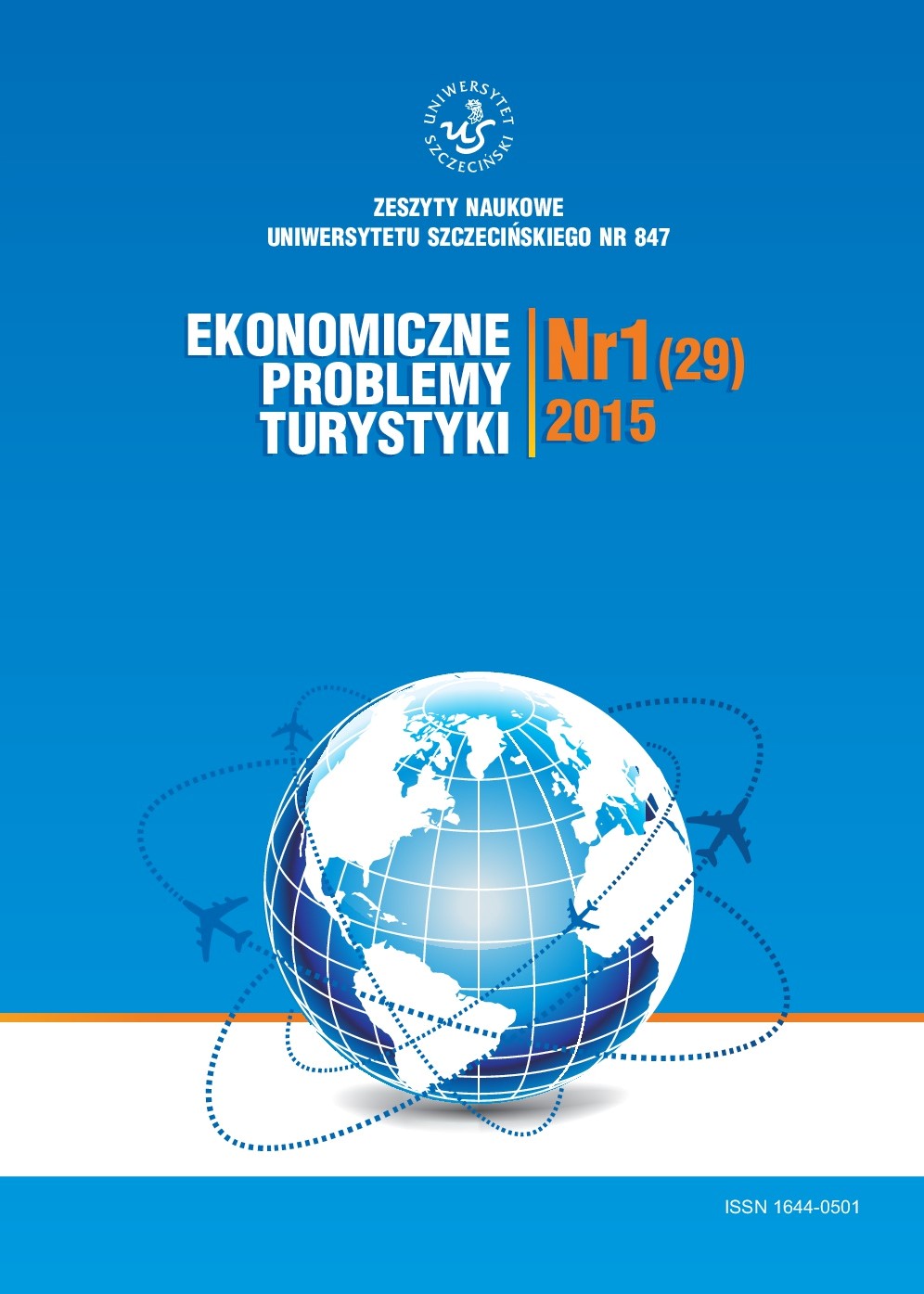Podstawy rozwoju geoturystyki na Wyspach Kanaryjskich ze szczególnym uwzględnieniem Lanzarote
Development of Geotourism on the Canary Islands Case Study – Lanzarote Island
Author(s): Izabela Kapera, Paweł RóżyckiSubject(s): Economy, Tourism
Published by: Wydawnictwo Naukowe Uniwersytetu Szczecińskiego
Keywords: Canary Islands; geotourism; Lanzarote
Summary/Abstract: The purpose of the paper is to analyze the development of geotourism on the Canary Islands, a region already focused on tourism in general, but also ideal for the pursuit of geotourism. Other issues analyzed in the paper include tourist volume and reasons for visiting the islands, which are often associated with recreational travel with their sunshine and beaches. Both goals are readily achieved in this region, and tourists flock to the islands in large numbers – more than 12 million in 2013. Visitors pursue sightseeing and other recreational opportunities available thanks to the Atlantic Ocean and local beaches. Some visitors also value sites and processes associated with the islands’ unique geology.The effects of the volcanic past of the Canary Islands can be observed everywhere. Tenerife Island is particularly valuable in this regard, with its highest peak, Pico del Teide (elevation: 3,718 m). Lanzarote Island is also quite valuable, with its Timanfaya National Park. While the island is attractive to tourists, it is also interesting from a purely scientific point of view for individuals studying volcanology. One indicator of how important the island is to geotourism is the planned creation of the Lanzarote and Chinijno Islands Geopark. The establishment of this park will likely make Lanzarote Island even more attractive to tourists, and will be a sign that the island is taking steps to develop sustainable tourism options.
Journal: Ekonomiczne Problemy Turystyki
- Issue Year: 29/2015
- Issue No: 1
- Page Range: 223-240
- Page Count: 18
- Language: Polish

